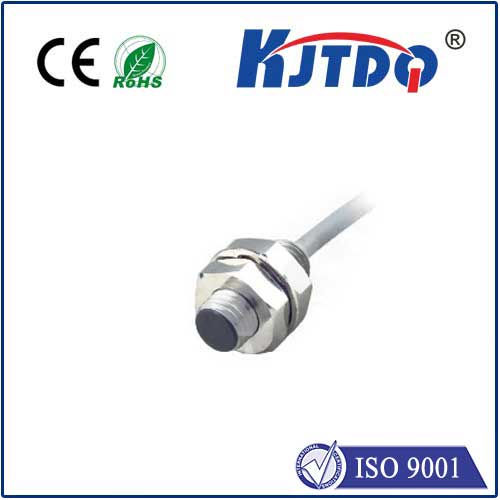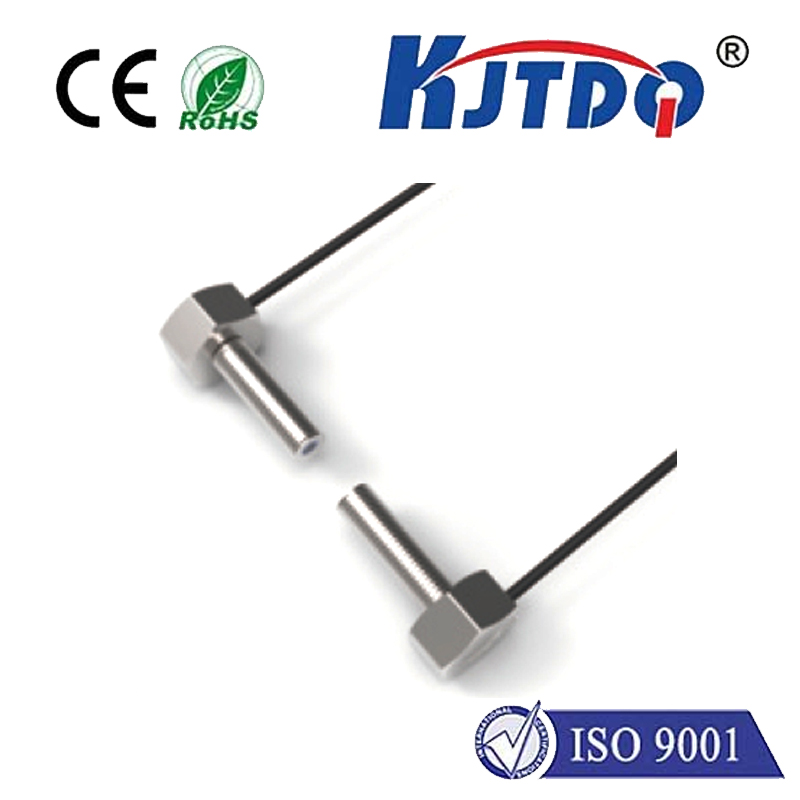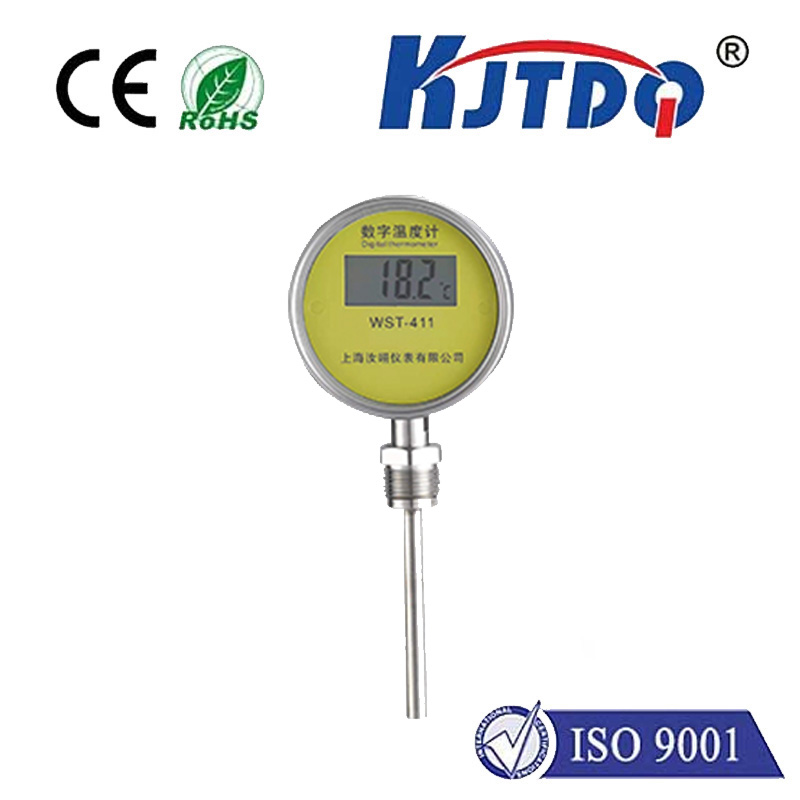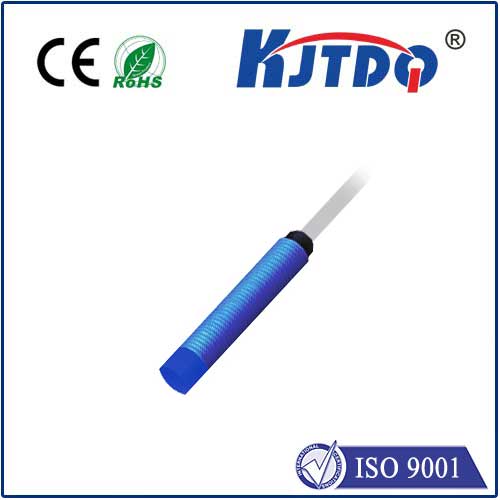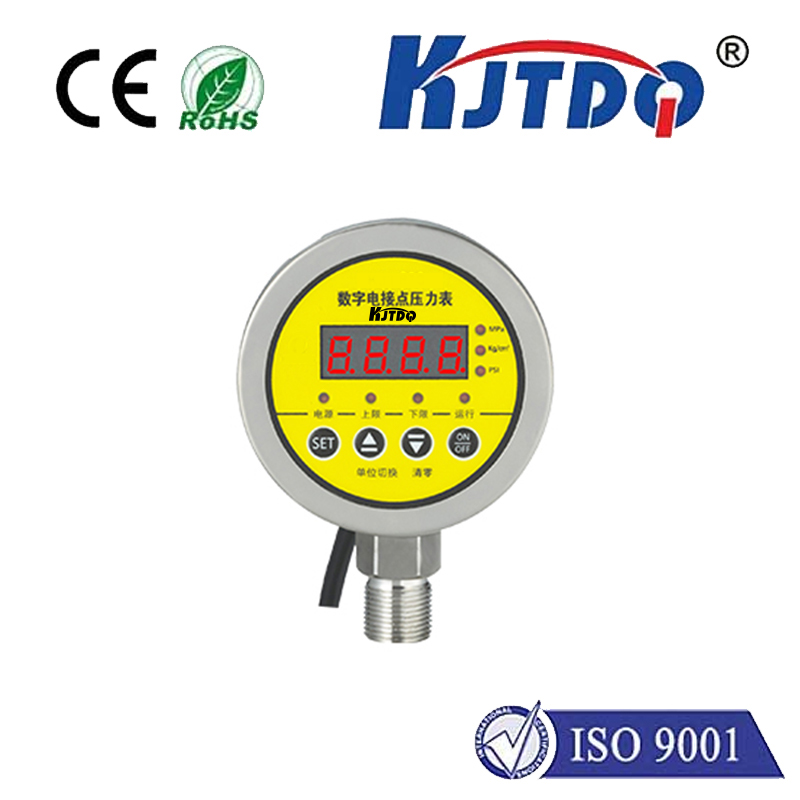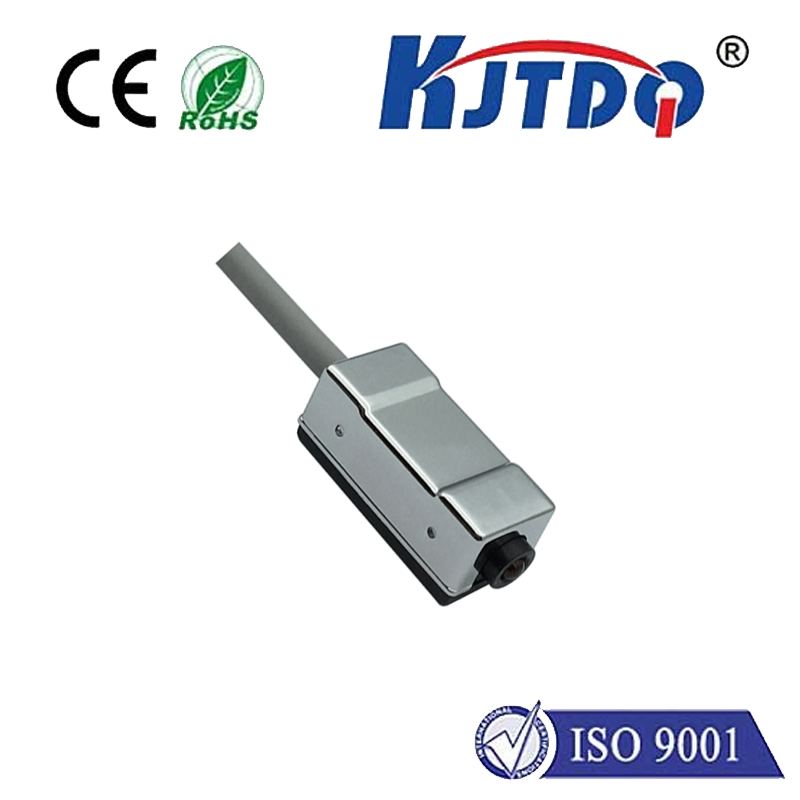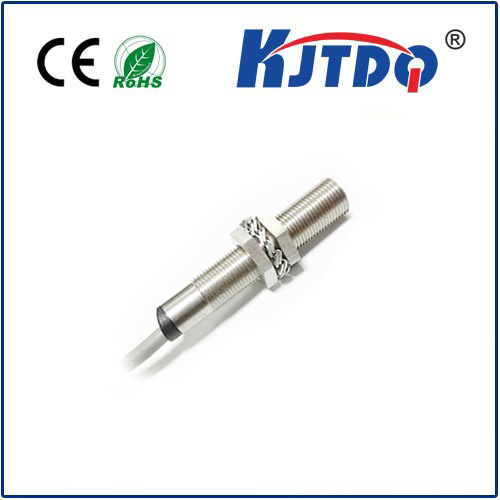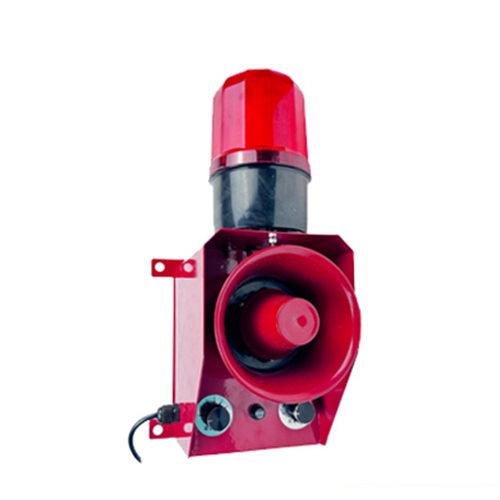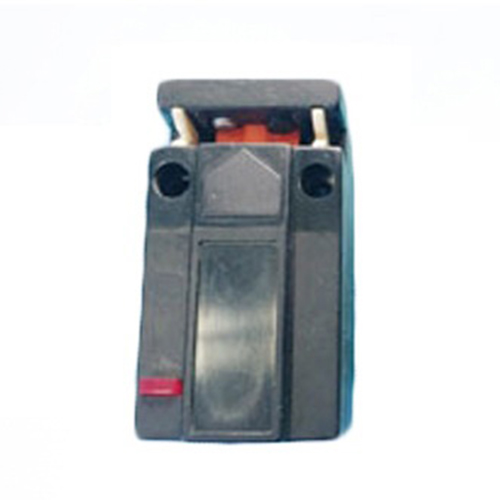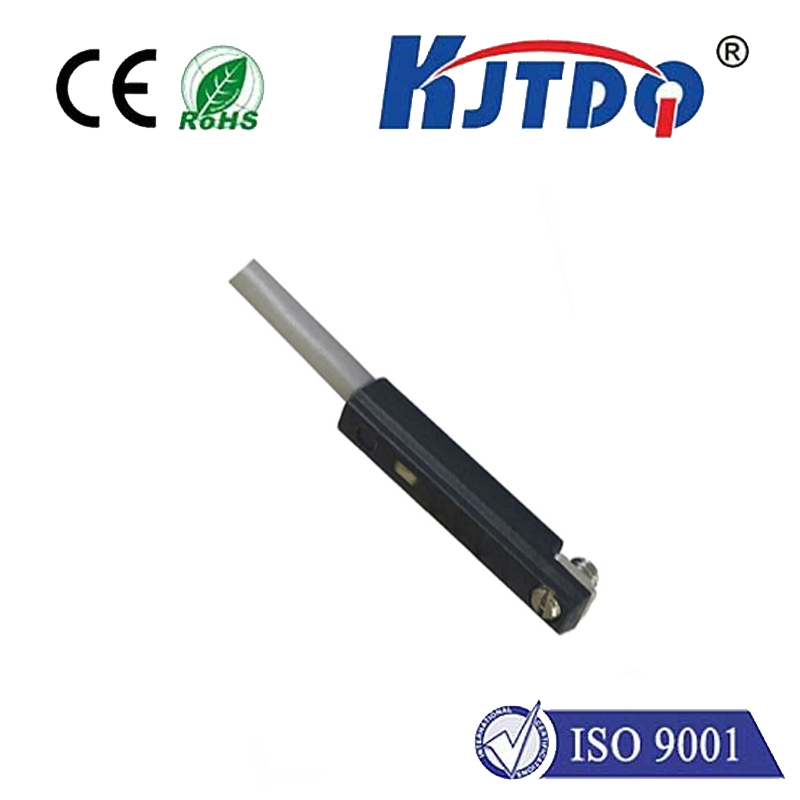5v inductive sensor
- time:2025-06-18 01:30:44
- Click:0
Unlocking Precision in Compact Systems: Your Guide to the Essential 5V Inductive Sensor
Imagine a tiny component, silently working within the confined spaces of a sophisticated circuit board or a compact machine, reliably detecting the presence of a metal object without ever touching it. This unsung hero of modern automation and electronics is the 5V inductive sensor. Operating on the universally accessible 5-volt DC power supply – the lifeblood of countless microcontrollers, PLCs, and digital circuits – these sensors offer a blend of simplicity, robustness, and precision that makes them indispensable in a vast array of applications. From intricate robotics and consumer electronics to streamlined industrial controls, the 5V inductive proximity sensor solves critical detection challenges where space, power constraints, and reliability are paramount.
What Exactly is a 5V Inductive Sensor?
At its core, an inductive proximity sensor is a non-contact electronic device designed to detect the presence or absence of metallic objects (typically ferrous metals like iron or steel, though some can detect non-ferrous metals like aluminum or copper at reduced ranges). The “5V” designation explicitly refers to its operating voltage: it requires a 5-volt DC power supply to function. Unlike their higher-voltage industrial counterparts (often 10-30V DC), these sensors are specifically engineered to integrate seamlessly into low-voltage digital systems. They generate an electromagnetic field from an internal coil. When a metal target enters this field, it induces tiny circulating electrical currents called eddy currents within the metal. This eddy current loss changes the resonant characteristics of the sensor’s internal oscillator circuit. The sensor detects this change and triggers its solid-state output switch.
The Compelling Advantages of the 5V Platform

The choice of a 5V operating voltage isn’t arbitrary; it unlocks significant benefits:
- Direct Microcontroller/Logic Compatibility: This is arguably the biggest advantage. Most modern microcontrollers (Arduino, PIC, ARM), single-board computers (Raspberry Pi), and digital logic circuits operate at 5V logic levels. A 5V inductive sensor outputs a signal directly compatible with these inputs, eliminating the need for complex level-shifting circuitry or external relays. This simplifies design, reduces component count and cost, and minimizes points of failure.
- Lower Power Consumption: Sensors operating at lower voltages generally consume less power. This is crucial for battery-powered devices, portable equipment, or systems where minimizing overall energy draw is essential.
- Compact Form Factor: The design constraints of working efficiently at lower voltages often result in physically smaller sensor packages. This compact size is invaluable when space is extremely limited, such as inside consumer electronics, PCBs, miniaturized machinery, or densely packed robotic joints.
- Reduced Heat Generation: Operating at 5V generally produces less heat compared to higher-voltage sensors. This enhances long-term reliability, especially in enclosed spaces with limited airflow.
- Wide Availability & Integration: The ubiquity of 5V power sources in the digital world makes these sensors incredibly easy to prototype with and integrate into existing 5V systems.
Understanding Key Specifications: NPN vs. PNP and Sensing Ranges
Two critical specifications define how a 5V inductive sensor connects and behaves in a circuit:
- Output Type (NPN vs. PNP):
- NPN (Sinking Output): In this configuration, the output transistor connects the output signal line to Ground (0V) when activated (target detected). This means the sensor effectively “sinks” current to ground. When inactive, the output is open (high impedance). NPN sensors are typically wired to a PLC/microcontroller input configured to expect a switched ground signal (common with sourcing inputs).
- PNP (Sourcing Output): Here, the output transistor connects the output signal line to the positive supply voltage (+5V) when activated. The sensor “sources” current from the positive supply. When inactive, the output is open. PNP sensors connect to inputs expecting a switched positive voltage (common with sinking inputs).
Choosing between NPN and PNP is crucial and depends entirely on the input circuitry of the device (PLC, microcontroller) the sensor connects to. Always check the controller’s input specifications.
- Sensing Distance: This defines the maximum distance at which a standard target material (usually mild steel) can be reliably detected. For miniature 5V inductive sensors, sensing distances are typically modest, ranging from fractions of a millimeter (0.5mm) up to a few millimeters (4-5mm being common for slightly larger variants). Factors influencing actual range include:
- Target Material: Ferrous metals (iron, steel) offer the longest ranges. Detection distances for non-ferrous metals (brass, aluminum, copper) can be significantly shorter (often 30-60% of the rated ferrous distance).
- Target Size: Larger targets are generally easier to detect at maximum range than very small ones.
- Sensor Face Shape: Shielded sensors focus the field forward, offering shorter ranges but better side-shielding. Unshielded sensors have longer ranges but are more susceptible to nearby metal objects.
Where the 5V Inductive Sensor Shines: Core Applications
The unique blend of low-voltage operation, non-contact detection, robustness, and compact size makes these sensors incredibly versatile:
- Integrated Electronics & PCBs: Detecting component presence/alignment, verifying shield placement, sensing actuator positions within devices like printers, scanners, and medical equipment.
- Micro-Robotics & Automation: Precise position feedback for tiny arms, grippers, and linear slides in laboratory automation, small-scale assembly, and educational robotics (Arduino/RPi projects).
- Consumer Products: Detecting lid closure, battery presence, mechanical switch positions, or movable parts in appliances, gadgets, and tools.
- Low-Voltage Control Panels: Providing status feedback on selector switches, door latches, or small actuators within control cabinets using internal 5V logic power.
- Position Verification: Confirming the home position of a mechanism, end-of-travel detection on small cylinders or slides, or verifying gear tooth position.
- Speed Monitoring: Counting teeth on small gears or sprockets to calculate rotational speed.
- Miniature Machinery: Detecting metal parts, tool positions, or safety interlocks on benchtop CNC machines, small packaging equipment, and scientific instruments.
Selecting the Right 5V Inductive Sensor: Key Considerations
Choosing the optimal sensor requires careful thought:
- Required Sensing Distance: Choose a sensor whose rated range comfortably exceeds your application’s maximum gap to the target.
- Target Material: Confirm the sensor’s performance with your actual target metal. If primarily detecting non-ferrous metals, verify the achievable range meets your needs.
- Output Configuration (NPN/PNP): Vital. Match this precisely to the input specifications of your controller or PLC.
4.






